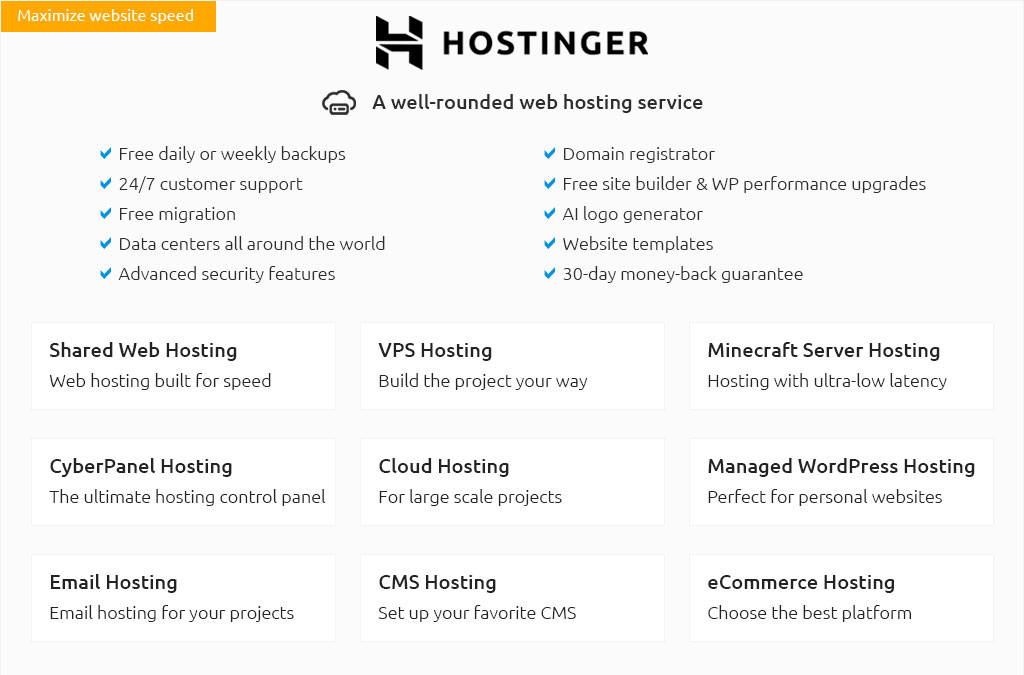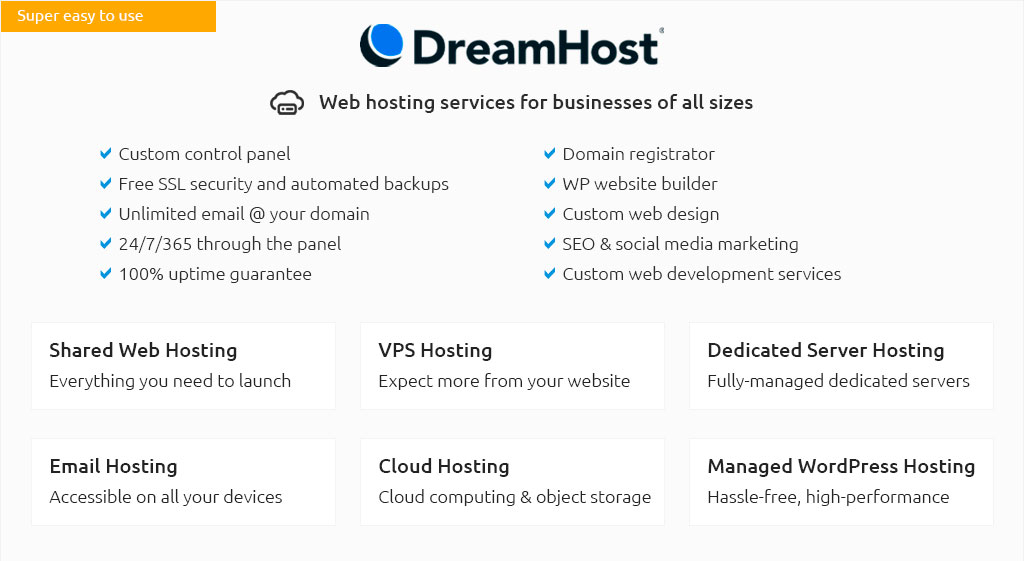 |
|||
 |
 |
 |
|
 |
|
 |
 |
 |
|||
 |
|||
 |
|||
 |
|||
 |
 |
A Comprehensive Overview of AWS VPS Server PricingAmazon Web Services (AWS) has long been a dominant force in the cloud computing industry, offering a plethora of services that cater to various business needs, ranging from basic storage to complex machine learning solutions. One of the most commonly discussed services is the AWS Virtual Private Server (VPS), which provides scalable and flexible cloud computing power. This article aims to elucidate the intricacies of AWS VPS server pricing, offering insights into its structure and offering subtle opinions on its efficacy and value. Firstly, it is essential to understand that AWS pricing is inherently complex due to the wide array of services and configurations available. The pricing for AWS VPS, typically referred to as EC2 (Elastic Compute Cloud) instances, is influenced by several factors including instance type, region, operating system, and usage type. Instance type is perhaps the most significant factor affecting cost; AWS offers a diverse range of instance types optimized for different tasks, such as compute-optimized, memory-optimized, and storage-optimized instances. Each type comes with its own pricing model, which is further subdivided into categories based on performance capabilities. Another crucial element in determining the cost of an AWS VPS is the region in which your server is hosted. AWS has data centers spread across the globe, and prices vary by location due to factors like local infrastructure costs and demand fluctuations. For instance, hosting a server in North Virginia might be more economical compared to hosting the same server in Tokyo due to these regional price variations. When it comes to operating systems, AWS supports a range of options including Linux, Windows, and others. Generally, Linux instances tend to be more cost-effective due to the absence of licensing fees, whereas Windows instances incur additional charges for the Microsoft license. Moreover, AWS offers different usage types such as On-Demand, Reserved, and Spot Instances, each with its pricing nuances.
In a nutshell, while AWS VPS pricing can seem daunting at first glance due to its multifaceted structure, it ultimately provides a model that can be highly tailored to individual business needs. This flexibility is one of AWS's greatest strengths, allowing businesses to optimize costs according to their specific requirements. However, this very complexity necessitates a clear understanding of one's needs and a strategic approach to selecting the appropriate services. In conclusion, AWS VPS server pricing reflects a balance between cost and capability, offering options for every scale of operation from startups to enterprise-level businesses. By carefully evaluating and selecting the right mix of services, businesses can leverage AWS's powerful infrastructure while managing costs effectively. https://www.vpsserver.com/amazon-vps-pricing/
VPSServer's offering at 7.99 per month emerges as a more budget-friendly alternative to AWS Lightsail's similar 10 option, providing 2 GB of memory and 50 GB ... https://aws.amazon.com/pricing/
AWS pricing is similar to how you pay for utilities like water and electricity. You only pay for the services you consume, and once you stop using ... https://calculator.aws/
AWS Pricing Calculator lets you explore AWS services, and create an estimate for the cost of your use cases on AWS.
|